Types of Charcoal
On July 23, 2024
This post may contain affiliate links. Please read our disclosure policy.
New to grilling with charcoal? Or maybe you’re just interested in learning a bit more about different types of grilling. Either way, this post will have you up to date on the different types of charcoal and what to look for when buying charcoal.

Types of Charcoal
The first step in choosing charcoal is understanding the two main types of charcoal on the market: lump charcoal and briquette charcoal.
Lump Charcoal
Lump charcoal comes from whole pieces of kiln-fired natural wood. It’s typically irregular in shape, with different brands carrying different sizes of chunks. Lump charcoal has the ability to burn hot (great for high heat searing), produce less ash, and can give your food a heavier smoke flavor. Additionally, larger chunks of lump charcoal tend to have a long burn time.
Some downsides of lump charcoal are that the heat can be inconsistent from piece to piece, depending on their size. These inconsistencies can produce hot spots and possibly overcook or burn your food. You may find lump charcoal a little harder to find and it can be more expensive than briquettes.
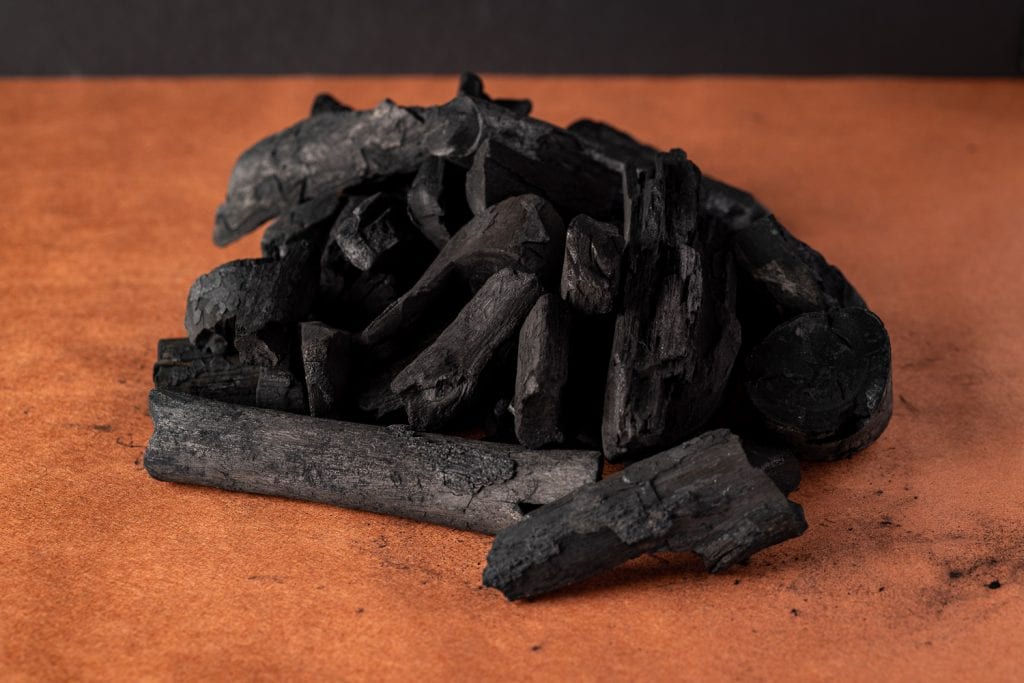
Briquette Charcoal
Briquette charcoal comes form the process of compressing charcoal powder from pulverized whole chunks. This charcoal powder is mixed with binders and pressed into a form to create a uniform shape. Briquettes tend to burn longer and provide really consistent heat and cook time.
Almost all brands of briquettes produce more ash than lump charcoal. Additionally, some brands may contain additives from the binder or accelerants to help the charcoal light easier.
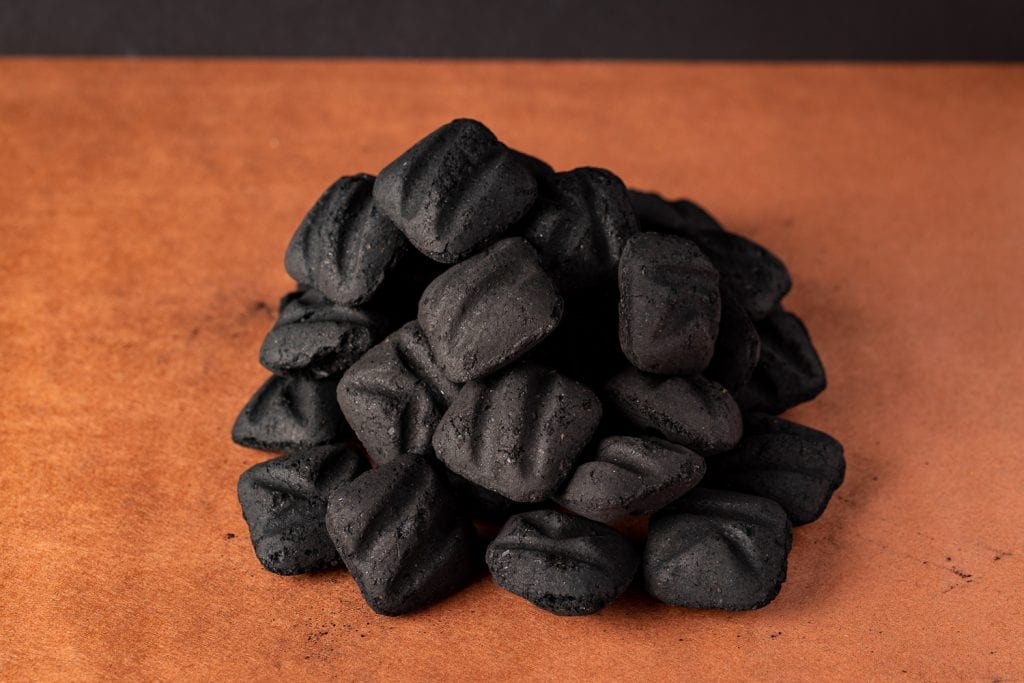
Charcoal Flavors
Just as different types of wood smoke impact your BBQ with unique flavors, charcoal made from different types of wood can also impart distinct flavors to your food. For instance, charcoal made from hardwoods like oak or hickory can add a strong, smoky flavor to your grilled meats, while fruitwood charcoal, such as apple or cherry, can provide a milder, sweeter taste.
Some brands of charcoal also have different “flavors” of briquettes with aromatics or wood chips mixed into the charcoal itself. Some people consider these briquettes more of a gimmick if you’re cooking at high heat (the smoke won’t impact your food too much at high temperatures). However, they can make a big impact on flavor if you’re smoking low and slow.
Check for Additives and Binders
Some charcoal may contain additives like lighter fluid or binders. For a more natural grilling experience, choose charcoal free from additives and binders.
Most people consider lump charcoal a more natural style of charcoal cooking. You’ll find briquettes without these additives typically labeled “all-natural” or “additive-free”.

Additional Types of Charcoal
While briquettes and lump are the two most common forms of charcoal, they certainly aren’t the only types of fuel available for those who love charcoal cooking. Coconut charcoal is becoming more popular and accessible as a natural fuel source.
Larger-formed briquettes come in a variety of shapes and sizes and promise longer burn time, more consistent heat, and less ash. There have never been more options and brands to try and test and experiment with.

How to Choose from the Types of Charcoal
Often, it’ll all come down to cost and availability when choosing charcoal.
With all of these options available, remember to pay attention to the cost and accessibility of their charcoal. While coconut charcoal may be amazing, it might not fit your budget. Mesquite lump might taste just like Texas to you, but it’s hard to find in upstate New York.
The best charcoal is one that you can afford and readily access. You don’t want to get stuck with a dinner to grill and no fuel to heat it.
Even More on Charcoal
Now that you’re bursting with knowledge on the different types of charcoal, check out some of my other posts on working with it. From firing up your charcoal, to cleaning up after use, I’ve got you covered with expert tips in these easy guides.
BBQ How To
How to Start a Charcoal Grill
BBQ How To
How to Use a Charcoal Grill
BBQ How To
How to Clean a Charcoal Grill
Check out the video below for my start-to-finish walkthrough on grilling with charcoal, or head over to my YouTube channel for even more BBQ 101 videos. When you’re ready to start grilling, be sure to get the Hey Grill Hey app, where I’ve got over 600 recipes to use on your charcoal grill to help you become a backyard BBQ hero.
**I originally published this post in April 2023, but recently updated it with more information and helpful tips.
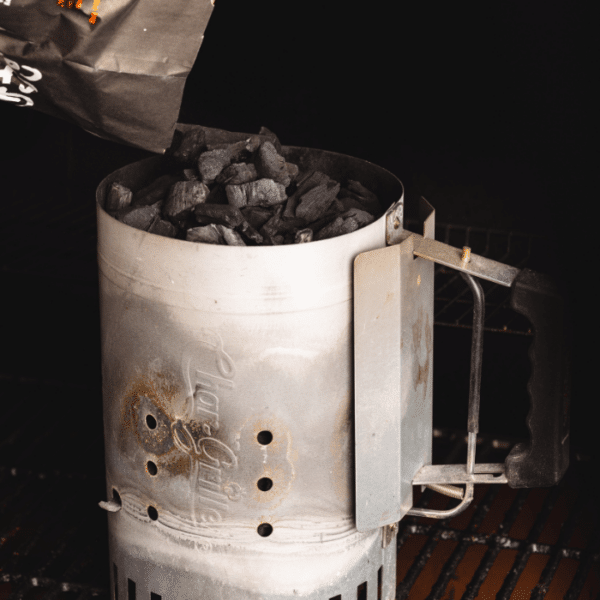
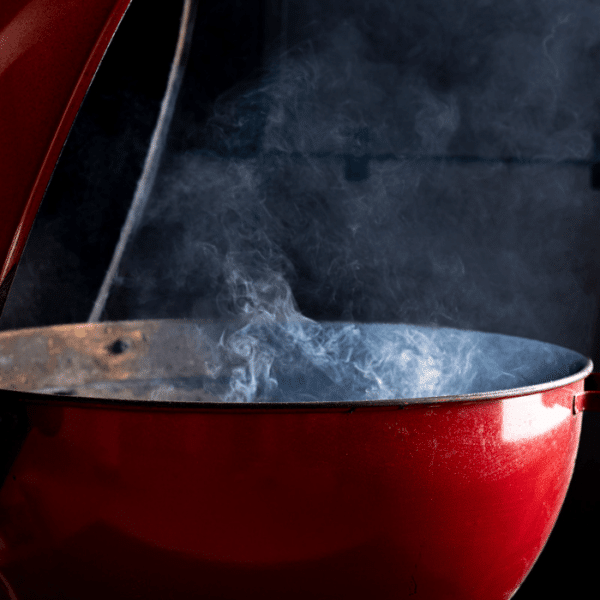

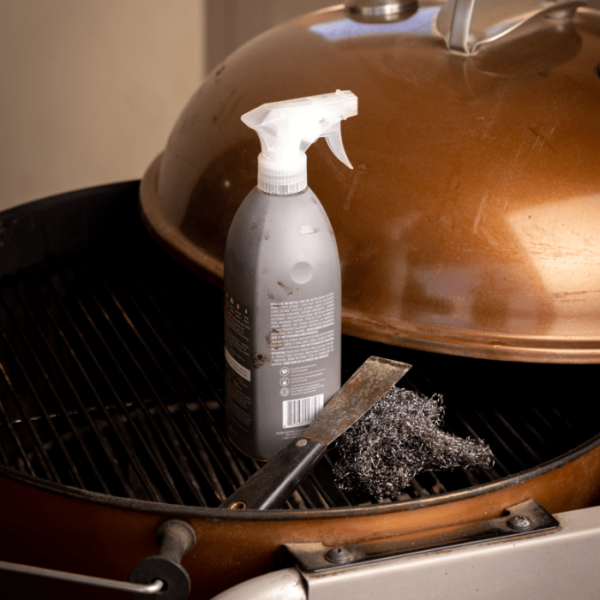
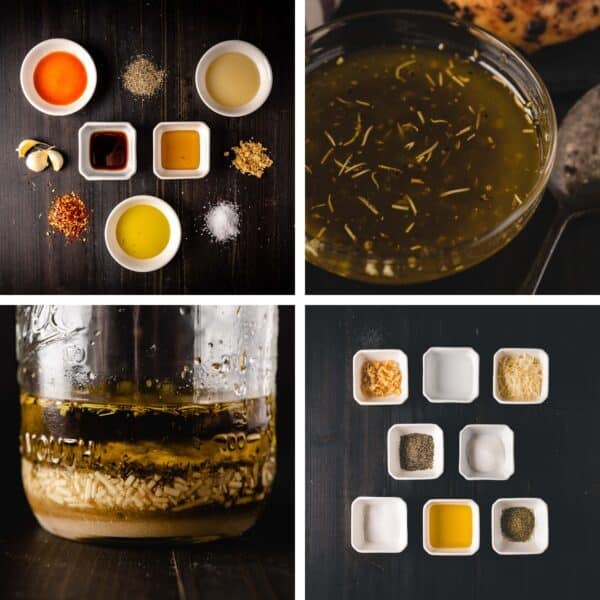

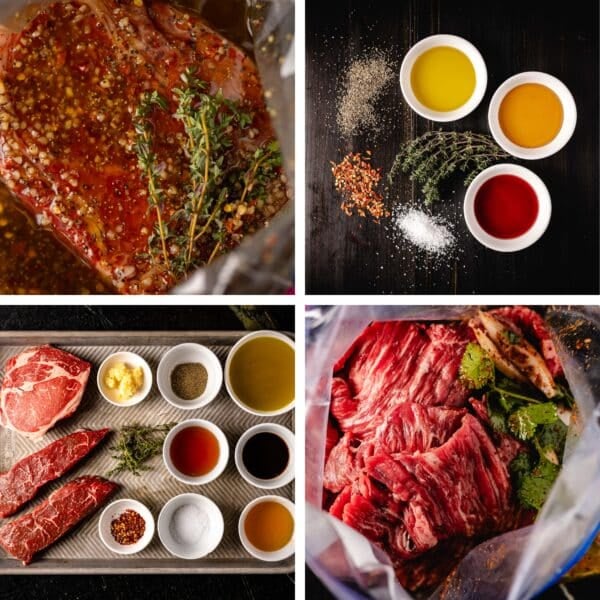





Good explanation about charcoal, particularly how the different woods affect the smoke flavor. One thing of note is ceramic grills strongly recommend using only lump charcoal.